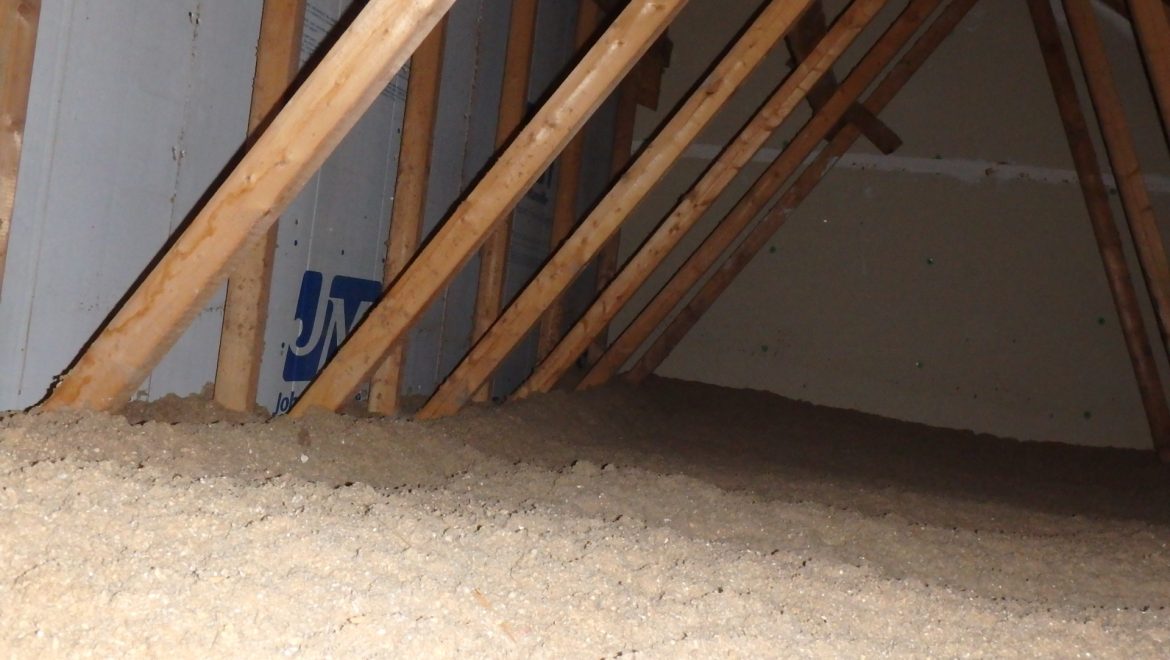
Purchasing a home is a major financial commitment that must be carefully considered and researched. The home inspection, during which a trained professional evaluates the property’s condition in-depth, is an essential step in the purchasing process. However, what precisely occurs during a home assessment? In this blog, we’ll examine the home inspection procedure in more detail, clearing up any confusion and assisting you in knowing what to anticipate.
Preparing for the Inspection
Before the home inspection takes place, there are several essential steps that both the homebuyer and the seller should take to ensure a smooth and thorough inspection process.
- Schedule the Inspection
The first step is to schedule the home inspection with a qualified inspector. It’s essential to choose an inspector who is licensed, experienced, and knowledgeable about the local housing market and building codes.
- Notify the Seller
The seller should be informed of the inspection date and time well in advance so that they can make the necessary arrangements. This includes ensuring that the property is accessible, all utilities are turned on, and any pets are secured or removed from the premises during the inspection.
- Prepare the Property
On the day of the inspection, the seller should prepare the property by ensuring that it is clean, clutter-free, and accessible to the home inspection expert. This entails packing up any personal items, opening gates and doors, and granting access to the entire house, including the crawl spaces, basement, and attic.
Conducting the Inspection
- Exterior Inspection
The home’s exterior, including the foundation, windows, doors, siding, and roof, will be the first thing the inspector looks at. They will search for indications of deterioration, damage, or possible safety risks, like water damage, foundation cracks, or missing shingles.
- Interior Inspection
The home inspection expert will then go inside the house to evaluate the plumbing, electrical, heating, and cooling systems, as well as the walls, ceilings, and floors. The home’s safety, usability, and value may be impacted by leaks, water damage, defective wiring, broken appliances, and other problems that they will look for.
- Documentation and Reporting
Throughout the inspection, the home inspection expert will document their findings, taking notes, measurements, and photographs as needed. Once the inspection is complete, they will compile their findings into a detailed report, which will be provided to the homebuyer and seller. This report will outline any issues or deficiencies discovered during the inspection and may include recommendations for repairs or further evaluation by a specialist.
Reviewing the Inspection Report
- Negotiation and Resolution
If the inspection uncovers significant issues or safety hazards, the homebuyer may negotiate with the seller to address these concerns. This may involve requesting repairs, concessions, or credits to offset the cost of repairs or replacements. The goal is to reach a mutually agreeable resolution that satisfies both parties and allows the home sale to proceed.
- Further Evaluation
In some cases, the inspection report may recommend further evaluation by a specialist, such as a licensed contractor, plumber, electrician, or structural engineer. This additional evaluation can provide more detailed information about specific issues or concerns and help the homebuyer make informed decisions about their purchase.
- Finalizing the Purchase
Once any issues have been addressed, and both parties are satisfied with the terms of the sale, the homebuyer can proceed with finalizing the purchase of the property. With the home inspection complete and any necessary repairs or negotiations resolved, the homebuyer can move forward with confidence, knowing that they have thoroughly assessed the property and made an informed decision.
Conclusion
A home inspection is a crucial step in the home buying process, providing valuable insight into the condition of the property and helping the homebuyer make an informed decision. By understanding what happens during a home inspection and being prepared for the process, both homebuyers and sellers can navigate the inspection process with confidence and peace of mind.
